Decoding Feline Behavior: What Your Cat Is Really Thinking
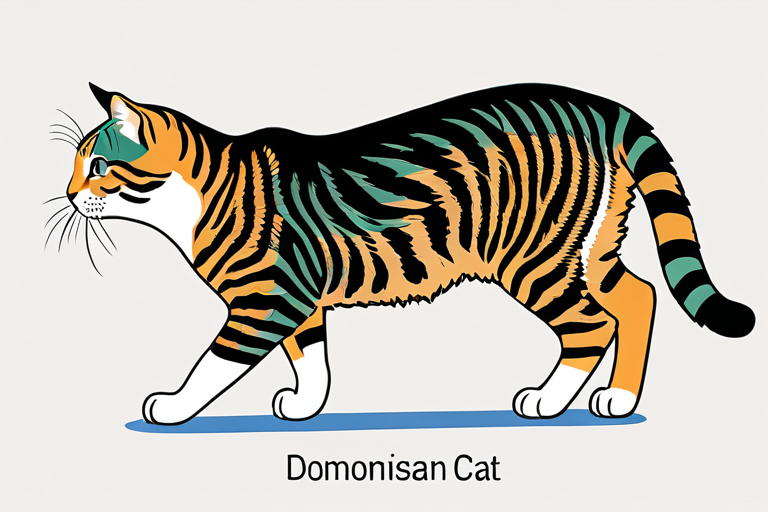
As cat owners, we often find ourselves wondering what goes through our feline companions' minds. Those mysterious stares, the sudden bursts of energy at 3 AM, the gentle head-butts—each behavior tells a story about your cat's inner world. Understanding these behaviors requires delving into feline psychology, evolutionary biology, and the complex communication systems cats have developed over thousands of years.
The Language of Tail Movements
A cat's tail serves as one of their most expressive communication tools. According to research from the Cornell Feline Health Center, tail positioning can reveal everything from contentment to aggression. When your cat holds their tail straight up with a slight curve at the tip, they're expressing confidence and friendliness. This is often seen when cats greet their favorite humans.
The puffed-up tail, often called "bottle brush" tail, indicates extreme fear or agitation. This evolutionary adaptation makes the cat appear larger to potential threats. Meanwhile, a low-hanging tail or one tucked between the legs signals submission or anxiety. Understanding these subtle cues can dramatically improve your relationship with your feline friend.
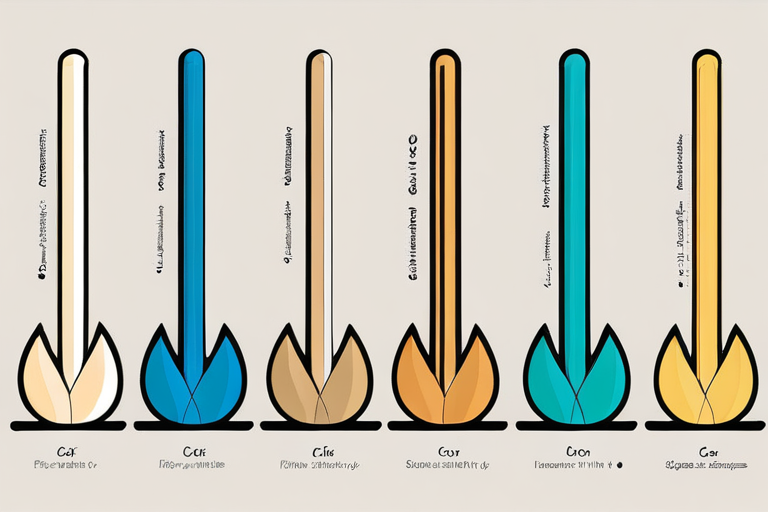
Vocalizations: More Than Just Meows
Cats possess an extensive vocal repertoire that goes far beyond the simple meow. Studies from the Animal Behavior Society show that domestic cats have developed specific vocalizations primarily for communicating with humans, not other cats. The classic meow varies in pitch, duration, and frequency depending on what your cat wants to convey.
Purring, one of the most recognizable cat sounds, isn't always a sign of contentment. While cats do purr when happy and relaxed, they also purr when injured, frightened, or giving birth. This suggests purring may serve as a self-soothing mechanism or even promote healing through vibration frequencies that stimulate bone and tissue regeneration.
The chirping or chattering sound cats make when watching birds through windows represents frustrated hunting behavior. This vocalization likely stems from their instinct to mimic bird calls or express excitement about potential prey they cannot reach.
The Mystery of Kneading
That rhythmic pushing motion cats make with their paws, often called "making biscuits," has deep roots in kittenhood. Kittens knead their mother's mammary glands to stimulate milk flow. When adult cats continue this behavior, it typically indicates comfort, security, and contentment. The behavior releases endorphins, creating a pleasurable sensation for the cat.
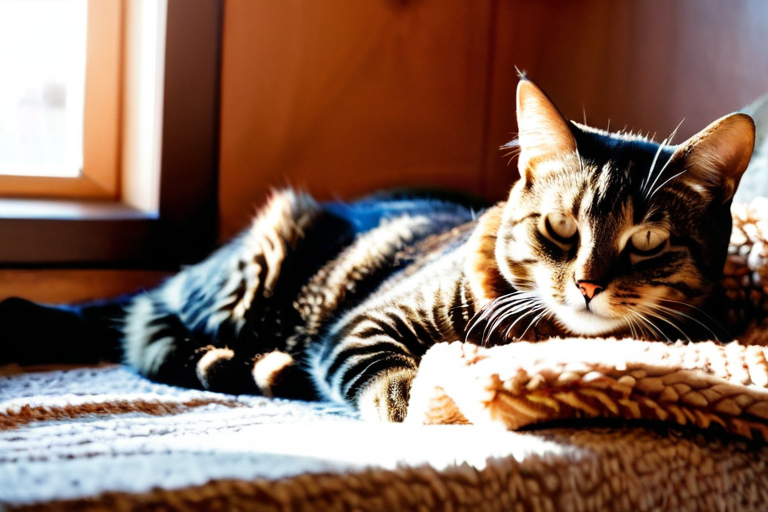
Cats also have scent glands in their paw pads, so kneading serves as a way to mark their territory with familiar scents. This explains why cats often knead their favorite humans or sleeping spots—they're essentially claiming ownership and creating a comforting, familiar environment.
The Head Bunt: Feline Affection Explained
When your cat bumps their head against you, they're not just being cute—they're engaging in a behavior called bunting. Cats have scent glands concentrated around their cheeks, chin, and forehead. By rubbing these areas against you, furniture, or other pets, they're depositing their scent and creating a communal smell that identifies members of their social group.
Research published in the Journal of Feline Medicine and Surgery indicates that head bunting represents the highest form of feline acceptance. When your cat chooses to share their scent with you, they're essentially saying "you're family." This behavior strengthens social bonds and creates a sense of security within their environment.
The Midnight Zoomies: Understanding Feline Energy Patterns
Many cat owners have experienced the phenomenon of "midnight zoomies"—those sudden bursts of energy where cats race around the house for no apparent reason. This behavior stems from cats being crepuscular animals, meaning they're most active during dawn and dusk. In the wild, these are prime hunting times, and domestic cats retain these ancestral activity patterns.
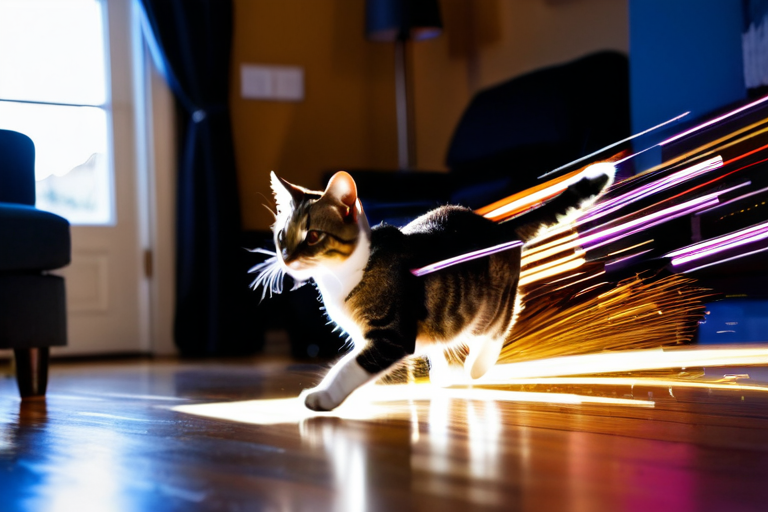
These energy bursts also serve as exercise and stress relief. Indoor cats, in particular, need these spontaneous play sessions to maintain physical health and mental stimulation. Providing interactive toys and scheduled play sessions during evening hours can help channel this natural energy in positive ways.
The Slow Blink: Cat Language for "I Love You"
One of the most profound ways cats communicate affection is through the slow blink. When your cat looks at you and slowly closes their eyes, they're expressing trust and contentment. In cat language, maintaining direct eye contact can be perceived as threatening, while slow blinking demonstrates that they feel safe enough to let their guard down.
Animal behaviorists recommend returning the slow blink to reinforce this bond. This simple gesture can significantly strengthen your relationship with your cat and help build mutual trust. It's essentially the feline equivalent of a warm smile or gentle hug.
Bringing Gifts: Understanding This Baffling Behavior
When your cat brings you dead prey, they're not trying to gross you out—they're actually showing they care. From your cat's perspective, they're either teaching you to hunt (seeing you as an incompetent hunter) or sharing their bounty with a valued member of their social group.
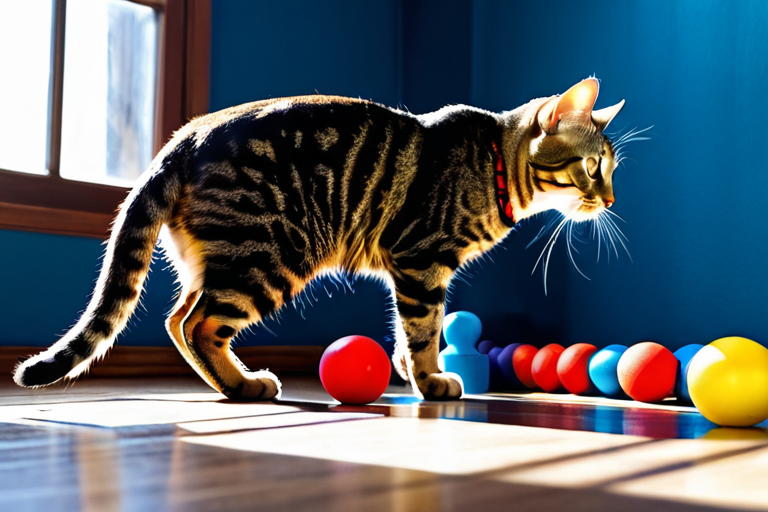
This behavior is deeply ingrained in their natural instincts. Even well-fed domestic cats retain strong hunting drives because, evolutionarily speaking, food scarcity was a constant threat. While it might be unsettling to receive these "gifts," understanding the intention behind them can help you appreciate this behavior as the compliment it's meant to be.
Creating a Cat-Friendly Environment
Understanding your cat's behavior is the first step toward creating an environment where they can thrive. Provide vertical spaces for climbing and observing, hiding spots for security, scratching surfaces for marking territory and maintaining claw health, and consistent routines that respect their natural activity patterns.
Remember that each cat is an individual with unique personality traits and preferences. By observing and understanding their specific behavioral patterns, you can build a deeper, more meaningful relationship with your feline companion. The more you learn about what your cat is thinking, the better you can meet their needs and ensure their happiness and well-being.
Key Takeaways
- Tail positions communicate specific emotional states
- Vocalizations are primarily developed for human communication
- Kneading behavior stems from kittenhood and indicates comfort
- Head bunting represents social bonding and acceptance
- Energy bursts align with natural crepuscular activity patterns
- Slow blinking demonstrates trust and affection
- Gift-giving reflects natural hunting instincts and social bonding